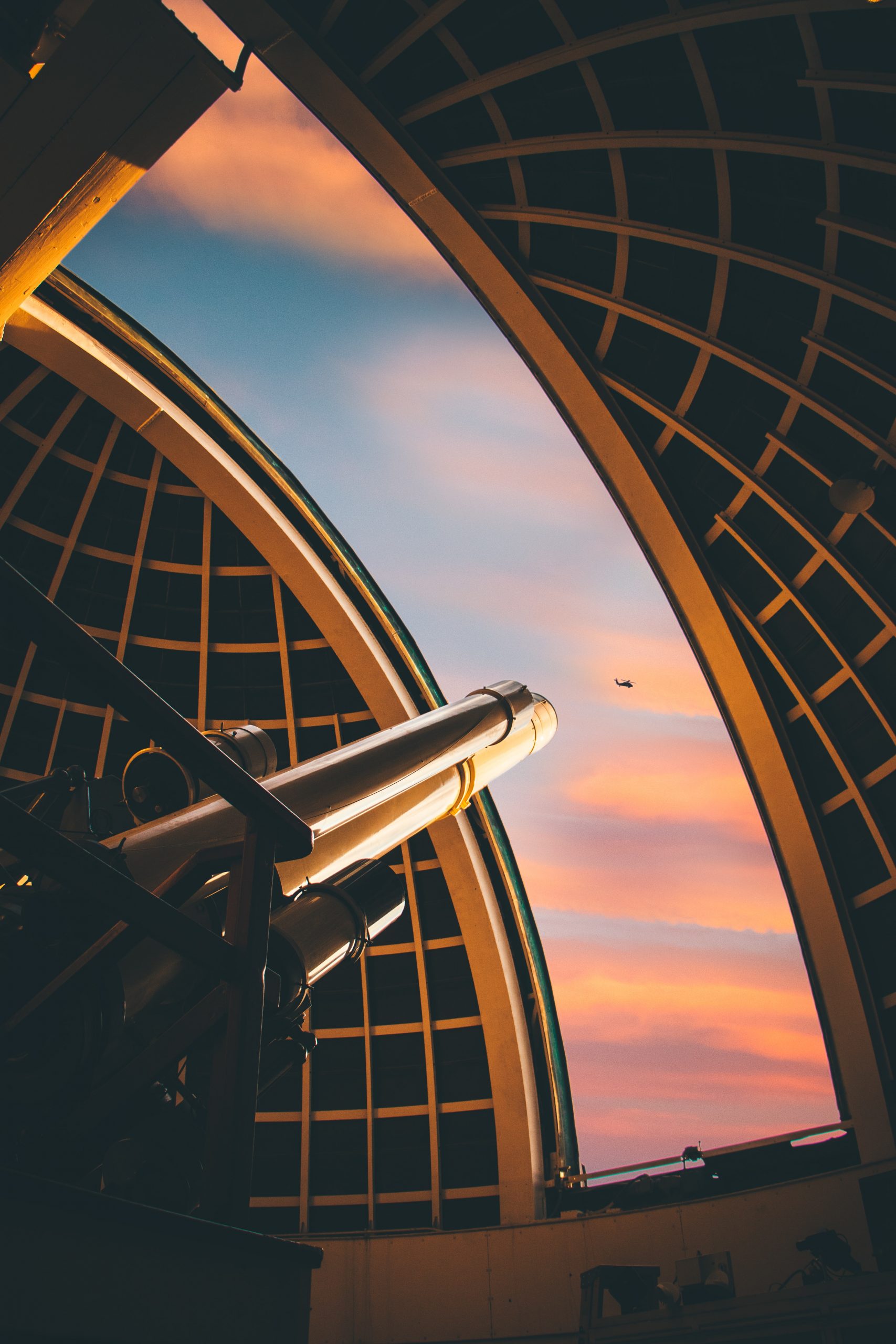
Lauren Moye, FISM News
[elfsight_social_share_buttons id=”1″]
Leading astronomers and astrophysicists want NASA to rethink how they develop their long-term missions, including funding the development of a massive telescope.
The National Academies of Sciences, Engineering, and Medicine releases a new report every decade that “identifies the most compelling science goals and presents an ambitious program of ground- and space-based activities for future investment.” The latest report, dubbed Astro2020, was released on Thursday. The findings of this report were based upon over 500 submitted white papers and discussions from 13 different sub-panels.
One of the key points in Astro2020 is a desire for NASA to begin developing technologies before they are needed to complete a mission. Gabriel Gonzalaz, a Louisiana State University professor of physics and astronomy, explained “Instead of recommending and approving missions that will take that many years, what we recommend to NASA is to create a line that we call the Great Observatories Mission and Technology Maturation Program that designs and develops technology for missions before they are approved.”
The first mission Astro2020 would like to see NASA fund in this new line is an $11 billion telescope that would be roughly 100x more powerful than any existing telescope. The proposal recommends building this infrared/optical/ultraviolet (IR/O/UV) telescope “that can observe planets 10 billion times fainter than their star and provide spectroscopic data on exoplanets, among other capabilities.”
If adopted now, the telescope would launch sometime in the 2040s.
Astro2020 also recommended that the U.S. National Science Foundation help fund two existing, extremely large ground-telescope projects. By buying into the Giant Magellan Telescope currently being built in Chile and the 30 Meter Telescope planned for Hawaii, the U.S. will gain access to valuable research tools. This will prevent the U.S. from falling behind European countries in this field.
All three telescopes, along with the proposed change for how NASA plans its missions, will assist astronomers and astrophysicists in achieving the three big priorities that Astro2020 identified for space exploration:
“Pathways to habitable worlds – Identify and characterize Earth-like planets outside this solar system, with the ultimate goal of obtaining imaging of potentially habitable worlds.
“New windows on the dynamic universe – Probe the nature of black holes and neutron stars — and the explosive events that gave rise to them — and understand what happened in the earliest moments in the birth of the universe.
“Drivers of galaxy growth – Revolutionize understanding of the origins and evolution of galaxies, from the webs of gas that feed them to the formation of stars.”
Because this decadal report is well-respected for including the voices of so many scientists, its recommendations are generally followed.
